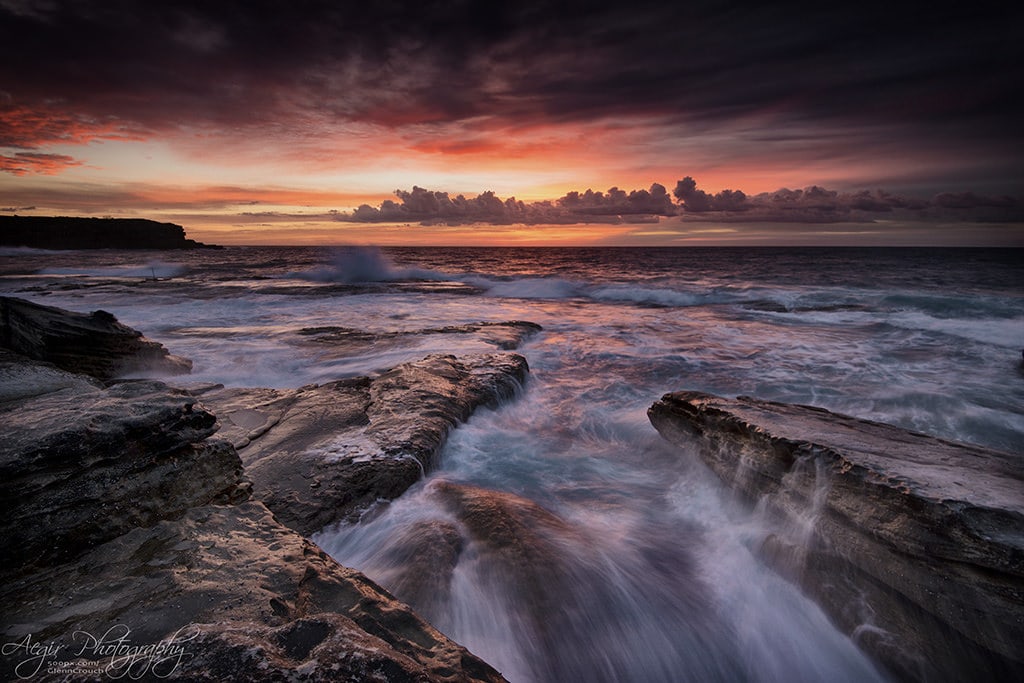In landscape photography, shaping ambient light is much more complicated than in other photographic disciplines, so in order for you to add even more spectacularity to your photos, you need to let the filters kick in.
Filters must stop being a mere accessory to become an essential tool.
I eat? Reading the following article. But first, take note of this other very complete article in which you will find everything you need to know to photograph incredible landscapes.
WHY USE FILTERS IN LANDSCAPE PHOTOGRAPHY?
The landscapes are the stage where endless majestic works of nature become protagonists. On many occasions, the curves, the colors, the rhythms and the lights and their contrasts are combined in a scene that is worthy of being photographed, but in others, not all these factors always align so that you can capture that unique moment. .
An excellent way to master your raw material (light) in landscape photography is by using filters that allow you to shape it to your liking when taking the pictures.
Currently, with the advancement of computer tools and thanks to the possibility of working directly on the computer with digital negatives (RAW) as if you were doing it at the time of shooting, the use of filters in landscape photography has lost some ground.
Now, are you a photographer or an editor?
Although it is true that neither of the two options is exclusive of the other, few things are more satisfying for the photography lover than obtaining a photo, the closest thing to the final photograph, the instant after pressing the shutter. It is in your camera, as an extension of your ideas, where the magic happens and, although the contributions that editing tools have given to photography are incalculable, the ideal is that you spend more time in front of your camera than on the computer.
Through the use of filters in landscape photography, you will not only push your knowledge to the limit, acquiring new ones photo by photo, but also, the technical quality when taking the photographs ends up being translated into the quality of the resulting photographs. It is a process of continuous improvement that forms a virtuous circle: experience, knowledge, quality.
Also, there are certain effects that are impossible to achieve on the computer without altering the essence of the original photograph but, with the use of a filter, are possible without even clicking.
And although quality filters are not cheap, getting one of them will be a great investment.
Having a photograph that is as similar to the final photograph obtained directly from your camera and without the need to retouch it later on the computer is a pleasure that is difficult to explain. Try it!
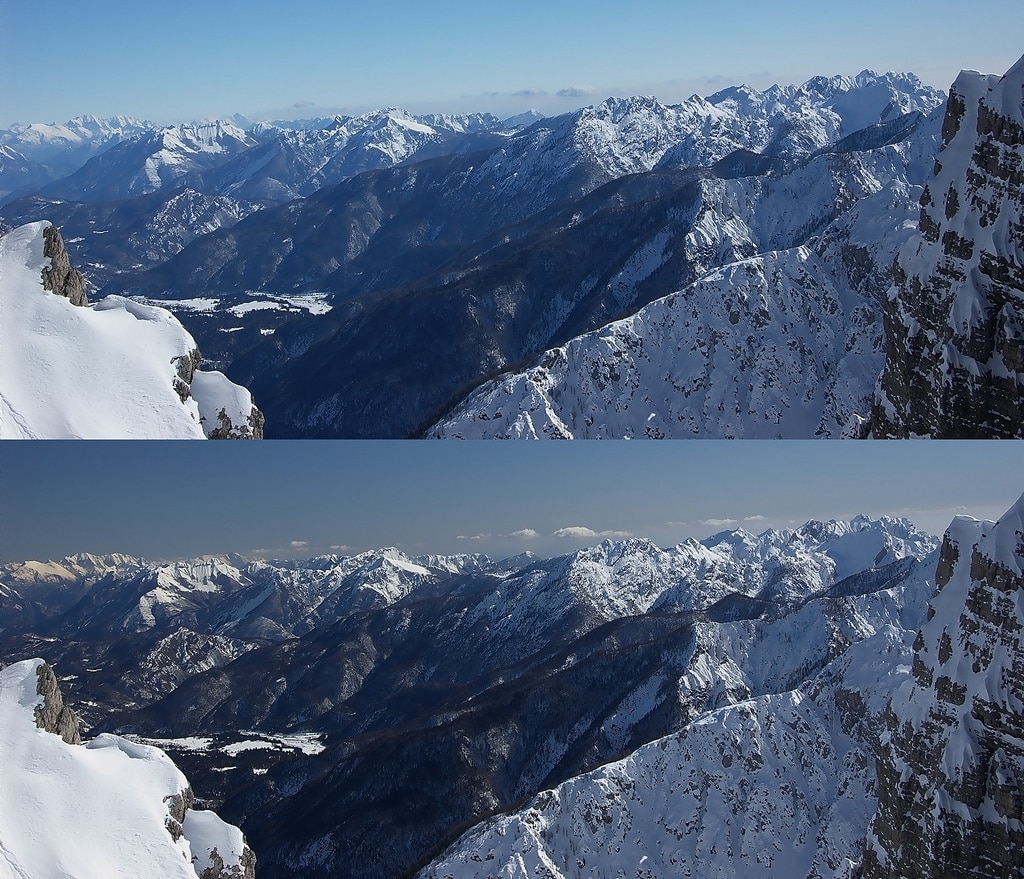
THE USE OF FILTERS IN LANDSCAPE PHOTOGRAPHY
Although there are many types of filters available on the market for you to use in each of your photographs, below you will see those that are mostly used in landscape photography:
POLARIZING FILTER
Polarizing filters are used in landscape photography to increase contrast, saturate colors and also to reduce reflections that occur, for example, on the surface of a lake when photographing it.
This type of filter is ideal for when you want to highlight, for example, the contrast between the clouds and the sky, or between the sky and the earth, although most landscape photographers use them mainly to eliminate reflections from uneven surfaces. metallic like lakes, rivers, drops, or any other type of surface that reflects light.
The question that you are surely asking yourself is why get one when I can correct the photos on the computer?
Although it is true that the level of contrast or saturation in your photographs can be easily processed on the computer if you shoot in RAW or digital negative mode, eliminating glare or increasing transparency will be very difficult for you.
Important: the maximum effect of polarization is obtained when the light that falls on the scene does so from the side, that is, at 90 degrees. If you use this type of filter when the sun is in front or behind you, you will not see any effect.
Keep in mind that, to achieve a correct measurement and exposure , you must take into account that polarizing filters "darken" the scene, that is, they remove approximately 2 stops since they absorb the light that is reflected to the sensor and attenuate it a bit. little bit.
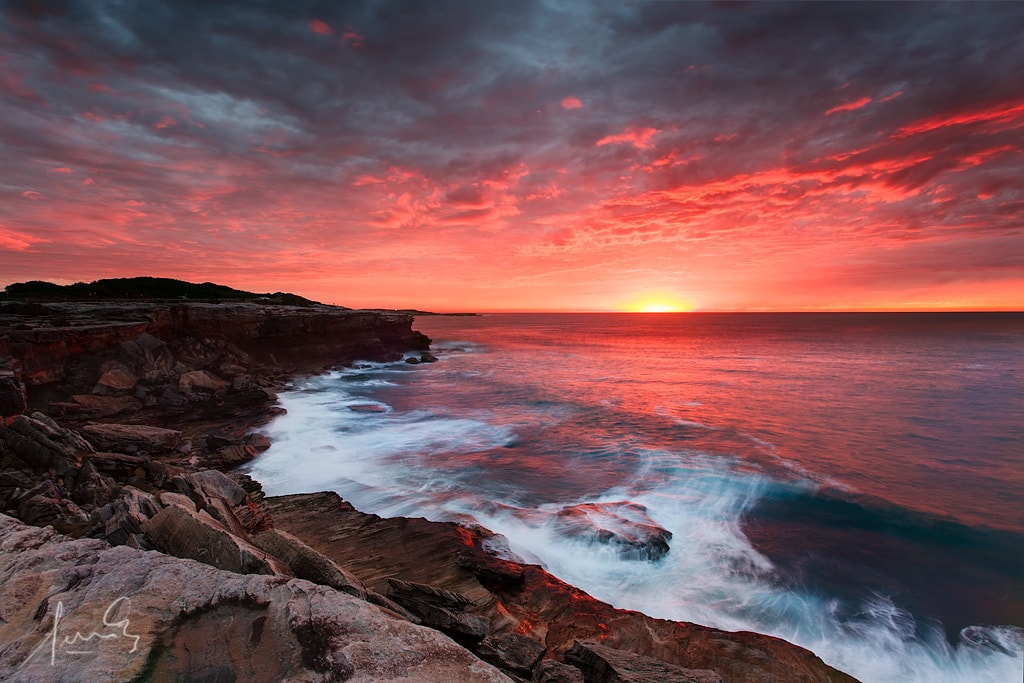
THE NEUTRAL GRADIENT FILTER
This type of filter is very popular among landscape photographers as it allows you to compensate for contrasts between very light areas like the sky and very dark areas like the ground. I eat? The glass of this type of filter is divided into two halves: a dark part that gradually degrades until it joins the other, which is completely transparent. In this way, it is possible to balance the exposure in the shot without leaning towards light or dark tones.
You can find this type of filters in two versions: square and round. Square glass filters require you to place a filter holder in front of the lens in order to hold them. The round filters are screwed directly onto the lens and although they may seem more practical, they are actually much less versatile since the gradient will remain fixed, unlike the square ones that you can adjust in height depending on how you are framing your photographs .
These types of filters are ideal for achieving spectacular effects both on the ground and in the sky in your photographs, intensifying the colors, degrading the tones and allowing you to obtain amazing exposures that are impossible to achieve in any other way. They are excellent for transmitting and reinforcing the messages and sensations of your landscape photographs.
The gradient of these can not only be neutral, but also, you can find them in different colors. Have you ever wondered how they get those pink skies at sunsets? There are certain phenomena that do not occur naturally but are induced by photographers using filters, for example, pink or blue color gradients in order to add more spectacularity to the photographs.
In addition, the gradients in each of the filters are not the same, so the compositional possibilities are multiplied.
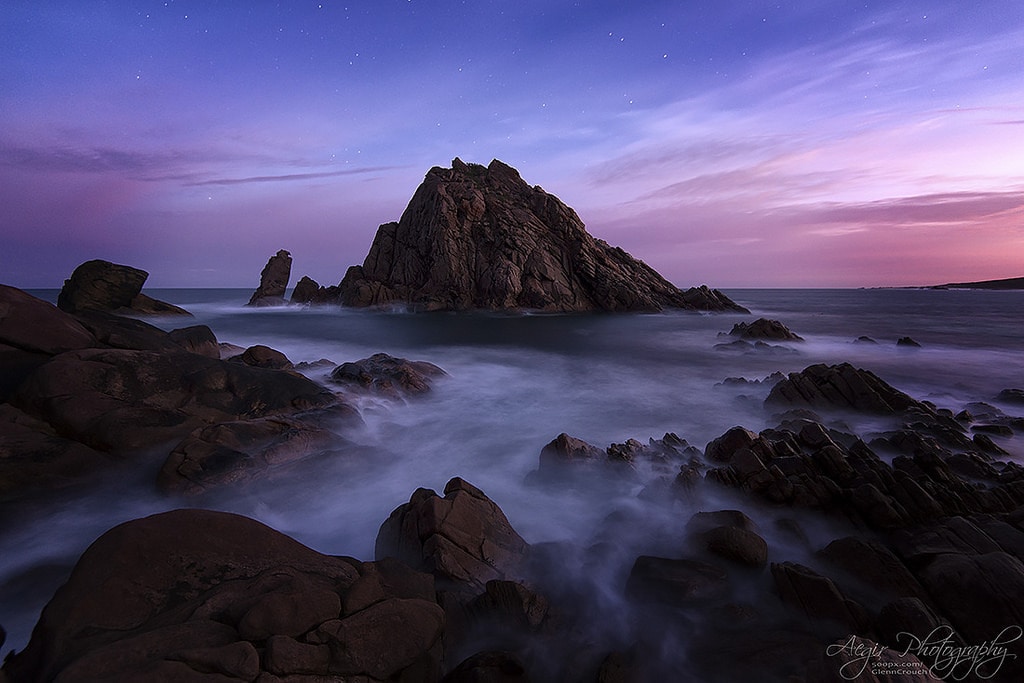
NEUTRAL DENSITY FILTER
Neutral density or ND filters are responsible for converting the silky effect in your photographs of rivers and seas . These types of filters are widely used in those situations in which the movement of water or clouds can, through a long exposure, turn you into an extremely attractive silk or mist.
How does it work? The glass of these filters is made in a neutral gray tone, so it does not affect the color of the photographs, but what it does is "remove light" from the environment, that is, it darkens the scene without affecting the colors present in it. This decrease in the "amount of light" that reaches the sensor is what allows, through a long exposure, to achieve those attractive effects. In excessively light conditions, it would be impossible for you to make a long exposure without one of these filters. that even if you lower the ISO sensitivity to the minimum and close the aperture as much as possible, it is unlikely that you will be able to achieve shutter speeds so slow to achieve this effect (shutter speeds less than 20 seconds).
Landscape photos taken with a ND filter are not just limited to river and sea photography, as you can also use it for almost any subject. What is really important is that, whatever the reason you choose, it is enhanced by said effect. Try to photograph clouds, people, the movement of the trees, etc., you will be surprised at the results you will be able to obtain and the sensations that your photos will be able to convey.
I recommend that, so that you can get the most out of using this filter, you take 5 minutes to read the following article: “ How To Get The Silky Effect In Your Photographs Of Rivers? ”.
Although the quality of the crystals that you are going to put in front of your lens must be the best possible, that does not mean that you cannot innovate a little and get some homemade filters that allow you to obtain surprising results. Do you want to know how? Reading the following article: “ DIY photography: How to Assemble Homemade Photographic Accessories ”.
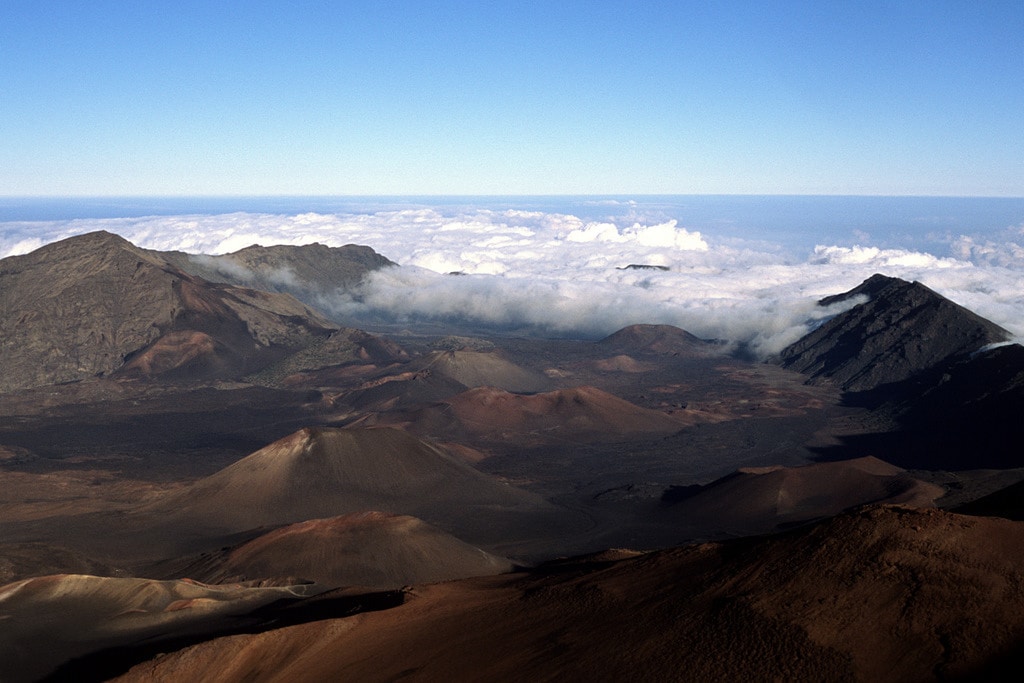
ULTRA VIOLET FILTER
Ultra Violet (UV) or Skylight filters, as their name indicates, are filters that were designed to absorb ultraviolet rays, although most photographers use them constantly attached to their lenses, not to achieve any effect but to protect the front lenses from bumps and scratches.
You probably also use it for the same purpose, although I recommend that you do not. Thanks to the new technologies introduced in the manufacture of objectives, the front lenses are protected with a protective coating that protects them from dust and scratches. You don't need to place a filter in front of your lens, since what it will really do is reduce the quality of your photographs more than protection (any glass placed in front of a lens will reduce its sharpness).
What you really need to protect your lens is its lens cover and be careful. In any case, if you have suffered an accident or want to know how to deal with it, I recommend that you take a look at the following guide: “ The Complete Guide: Cleaning Tips for SLR Cameras ”.
In any case, the use of an ultraviolet filter is recommended if you plan to venture to the top of a mountain where the incidence of these rays is much greater. So that these do not alter your photographs.
You can also use them for stunning fog photography . I eat? Once the UV filter is attached to your lens, fog it up using mist or Vaseline. In this way, with a little practice, you will be able to emulate a thick and overwhelming fog. In this case, the UV filter will be very useful to avoid wetting the front lens of your objective for its protection.
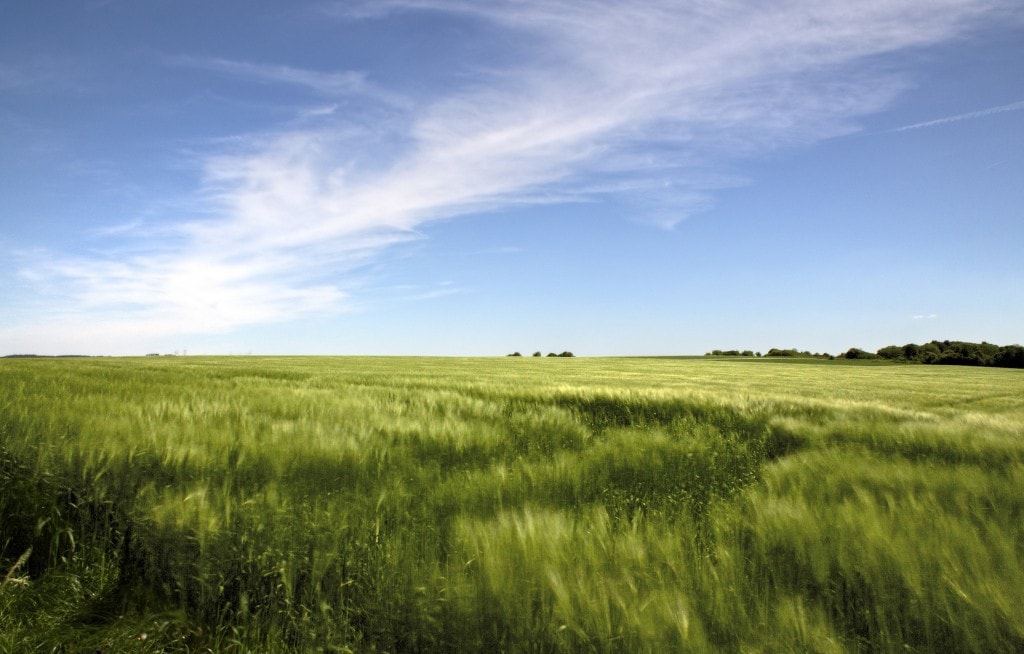
The filters that I just mentioned are not the only ones. There are a large number and variety of these available on the market for you to experiment with when taking your landscape photographs.
The use of filters in photography in general and especially in the landscape discipline is a great field for experimentation. Dare to push your imagination to the limit! You will be surprised at what your mind is capable of achieving.

